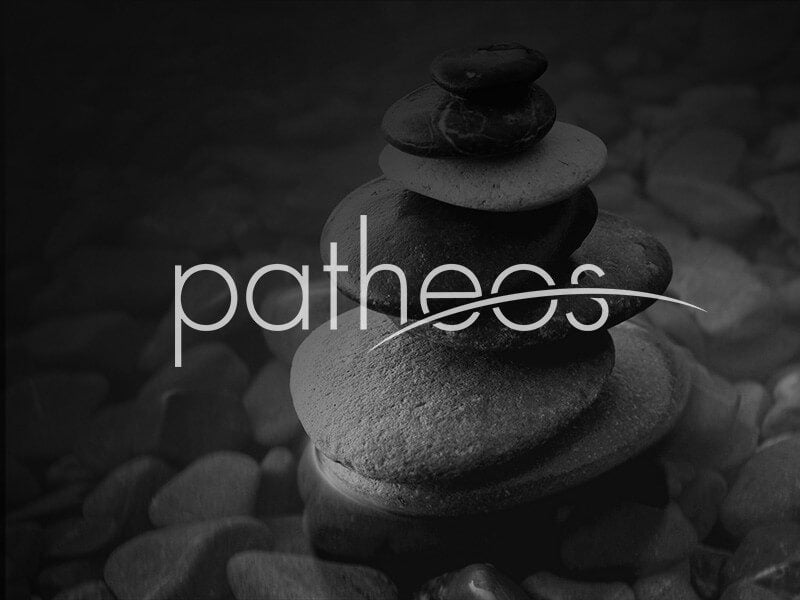“…[C]onsider…thunderclouds piling up in the sky and moving about accompanied by lightning and thunderclaps…hurricanes with all the devastation they leave behind, the boundless ocean heaved up…and so on. Compared to the might of any of these, our ability to resist becomes an insignificant trifle. Yet the sight of them becomes all the more attractive the more fearful it is, provided we are in a safe place. And we like to call these objects sublime because they raise the soul’s fortitude above its usual middle range and allow us to discover in ourselves an ability to resist which is of a quite different kind, and which gives us the courage [to believe] that we could be a match for nature’s seeming omnipotence.” – Immanuel Kant, Critique of Judgment
Recently I caught a piece of the rather inelegant Twister again, for about the forty-seventh time, on TNT, usual fare when scanning through the channels on any given evening. But this time around, the film brought to mind the reality behind the computer generated thrill-ride: those terrible waves of tornadoes that did so much damage in the South a few months ago, for example, and the more recent havoc unleashed by Irene here in NYC (ok, near-havoc here, but that flooding in neighboring states was pretty brutal). It occurred to me that a film’s handling of the tempest is a good test of its aesthetic, and its ethics.
Twister, for example, is a rather retrograde spectacle that proves to be a vehicle for advertising (Pepsi cans save the day by making the life-saving Dorothy device fly), whorish musicians (why is an Eric Clapton video playing on monitors in ramshackle storm-chasing RVs?), and an audience’s supposed “fun”—in fact, it’s perfect for being spliced up and presented with very many commercial interruptions. Its silliness is on clear display when those evil, corporate storm-chasers show up in their convoy of slick, black SUVs, having stolen the organic ideas of the real tornado-whisperer, Bill (Paxton): they just don’t have the same gift, the same feel for severe weather, so they have to copy other people’s ideas for devices that collect data to improve warning systems (I guess that’s their nefarious money-making angle, but your guess is as good as mine). When the bad storm-guy is killed by the massive F-5 because of his hubris, “Stupid!”, Paxton decries. Indeed, the whole idea of Darth Vader tornado-hunters facing off against his rag-tag rebels was kind of “stupid,” along with the suggestion that the primary functions of tornadoes are a) to give geeks something to do during the summer and b) to repair dysfunctional marriages. But that’s Hollywood for you.
There is one brilliant scene in this film, however, that makes the whole exercise worth it (almost), a positively sublime moment. The crew of maladjusted weather buffs lands in a small town after dark, and they bivouac next to the drive-in. The Shining is the feature for the evening, and just as Nicholson unleashes terror on Shelley Duvall with an axe, a big twister arrives—and it blows right through the outdoor screen. Then sharp things start flying everywhere and some people get hurt. But thank the Lord that these were only “downdrafts.” Everyone would have been dead if the cinematic God had unleashed his true fury.
In The Shining, that’s exactly what happens, thanks to Kubrick’s masterly vision. In Twister, not so much. But this is one moment in a mainstream movie that reminds us—if intertextually—of film’s power to break through and rupture our frame of reference. There are many occasions for thinking this stormy connection through: the archetypal Wizard of Oz, the artistry of Scorsese’s rendition of Cape Fear, the strange, computer-generated swagger of The Perfect Storm. Perhaps the most intriguing recent example, however, is the ending of the Coen brothers’ 2009 effort, A Serious Man. (And I promise that it is entirely serendipitous that our fearless leader chose to highlight this flick in our REELigion header this week [please see above]—I started jotting down these observations a while ago).
Larry Gopnik is a mid-western math professor who goes through a series of Jobian setbacks. His wife leaves him, his career is in danger, his finances are in ruins, and so on. In the face of these difficulties, he seeks the religious counsel of rabbinic comforters, who give few answers. Towards the end of the film, however, things are looking up…until Larry gets a whopping legal bill and an ominous phone call from his doctor, suggesting that his condition is very serious indeed. In the meantime, a tornado heads for Larry’s son and his mates at the Hebrew school, as a teacher fumbles with the lock to the basement: it’s not clear that the children will find shelter from the storm in time. Then the film abruptly ends, “[w]hich proves,” I suppose, “that you can never really know what’s going on.”
In the biblical book of Job (and I am not the only REELigion contributor who is a little obsessed with this text—see the awesome entries on Joshua Pederson’s blog: eatthebible.blogspot.com/search/label/Job), the narrative order was reversed: whirlwind (God speaking from), and then ending (happy). In the Gospel according to Coen, however, the safe resolution comes before the tempest and then gets disrupted by it. The narrative breaks off, and we’re left to try to pick up the pieces. Perhaps, as Kant suggested, the representation of nature’s sublimity in film often stokes our courage and makes us feel better about ourselves, even though tornadoes do kill people—and this is the aesthetic of Twister. But truly artful cinematic storms leave us in fear and trembling, because they refuse to give us a “safe place” from which to view the disaster.











